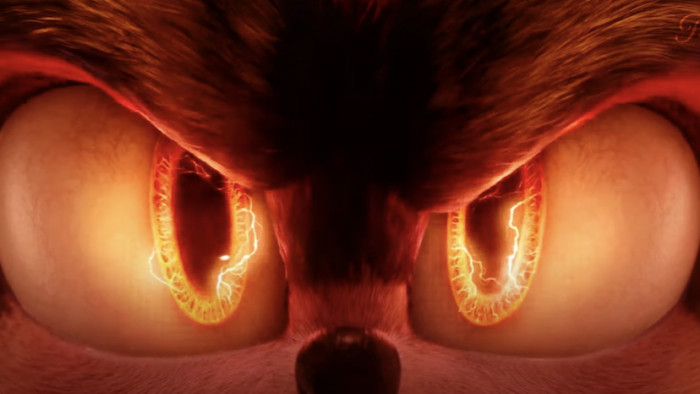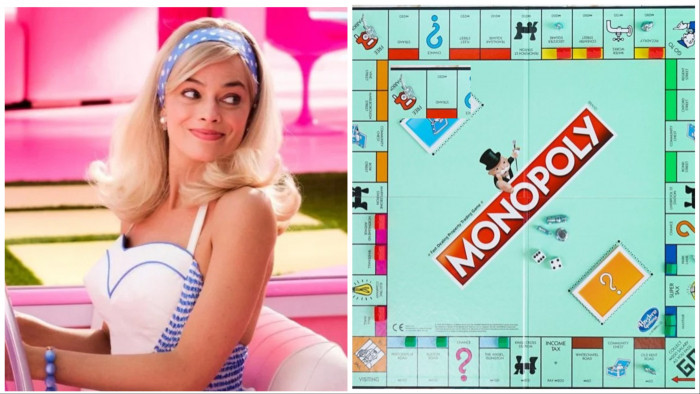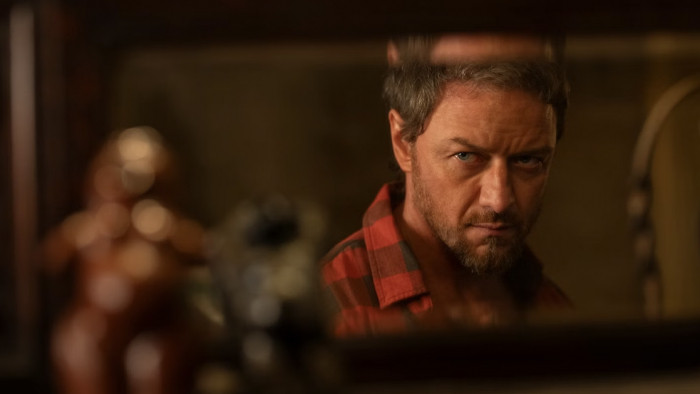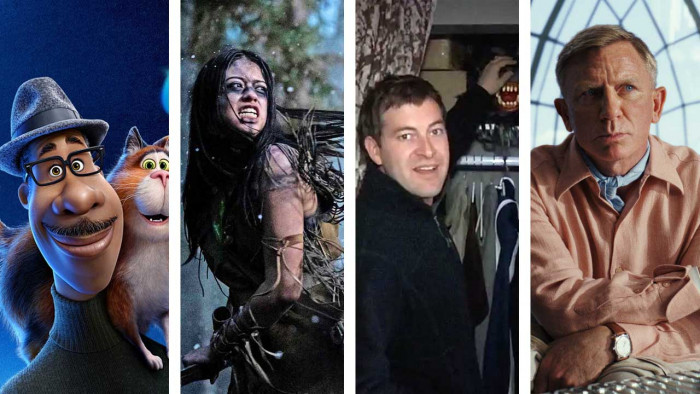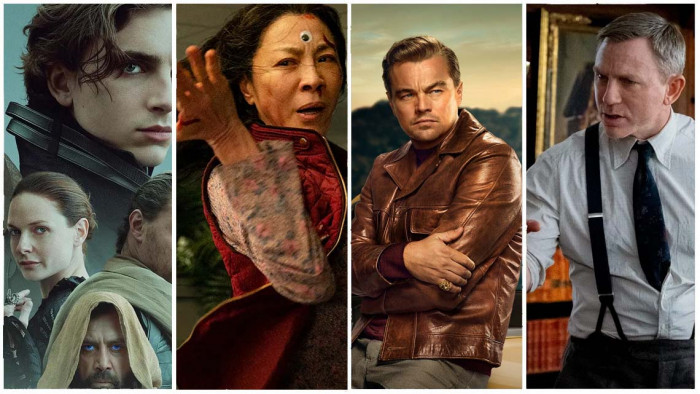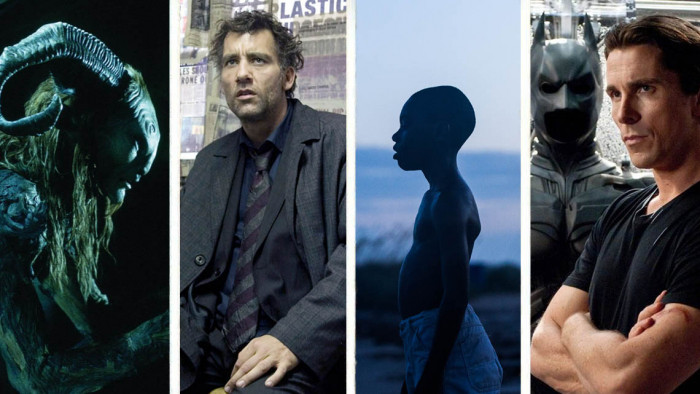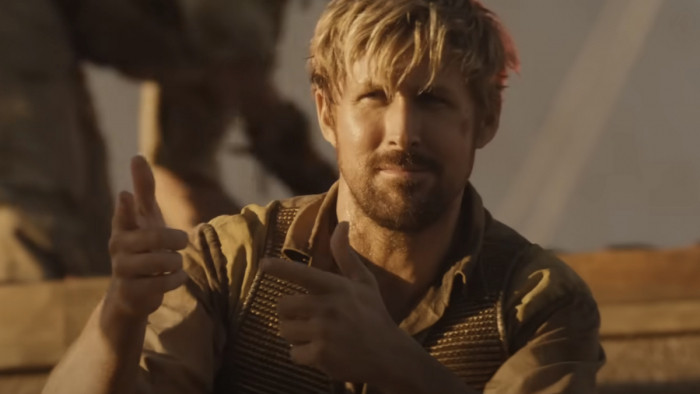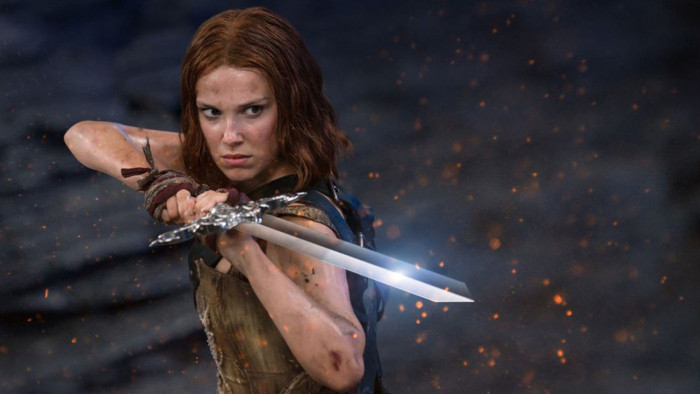15 Things You (Probably) Didn't Know About Animal House
15 Things You (Probably) Didn't Know About Animal House


They don't make college movies like this anymore. Or at least they try, with a small amount of effort.
Legendary film critic Roger Ebert placed Animal House on his 10 best list of 1978, the only National Lampoon film to have received this honour. Little surprise being as the movie is not only crack-a-rib-laughing-and-not-even-care funny, but is also one of the most influential comedies of all time.
Our small tribute comes in the form of 15 things you (probably) didn't know about it.
Images: Rex/YouTube

1.
Had Animal House not been made, Caddyshack wouldn't have been made either. Writer Harold Ramis pitched two ideas to Orion Pictures after the success of Animal House. One was a dark satirical comedy about the American Nazi Party in Skokie, Illinois, and the other was what Ramis called a “revisionist Marxist western.” Both were snubbed, but another idea—a comedy about caddies at a country club, pitched as “Animal House on a golf course”—was given the green light immediately.

2.
Universal Pictures President Ned Tanen insisted that the Dexter Lake Club scene (in which Otter, Boon, Pinto and Flounder wind up in an all-black nightclub) be removed from the film, fearing it would cause African-American viewers to riot. In response the makers decided to ask Richard Pryor to view the film and give his opinion. Pryor and Universal's Thom Mount watched the film alone and afterwards Mount asked Pryor whether he considered the scene offensive. “No, man,” Pryor chuckled. “It’s just fucking funny. And you know what else is funny?” “No,” Mount replied. “White people,” Pryor said. “White people are funny.” Suffice to say the scene stayed in.

3.
Other than Belushi's opening yell, the food fight was filmed in one shot, with the actors encouraged to fight for real. Flounder's groceries handling in the supermarket was another single shot; Furst deftly caught the many items Landis and Matheson threw at him, amazing the director.

4.
Chevy Chase, Bill Murray (pictured), Brian Doyle-Murray, and Dan Aykroyd all turned down roles in the film due to prior commitments. Jack Webb of Dragnet fame turned down the role of Dean Wormer, feeling the movie poked fun at authority.

5.
Meat Loaf was John Landis's second choice for the role of Bluto. Landis actually met with Meat Loaf and a few other actors in case John Belushi dropped out.

6.
More money was spent on advertising and promotion for the film than the film itself, because it was up against a crowded summer box office with big name franchises like Jaws 2, The Bad News Bears Go to Japan, and The Revenge of the Pink Panther. Animal House would go on to make more money than those three films combined.

7.
The movie spawned an NBC TV series called Delta House (opening credits here). Cast members reprising their roles included John Vernon (Dean Wormer), Stephen Furst (Flounder), Bruce McGill (D-Day), and James Widdoes (Hoover). Josh Mostel was cast as Jim "Blotto" Blutarsky, brother of Bluto (John Belushi). Despite Bluto's absence, the scriptwriters made running references to his character. The theme song was written by Jim Steinman who later reworked the melody into "Dead Ringer for Love", made famous by Meat Loaf and Cher.

8.
Mark Metcalf went in auditioning for the role of Otter - the part eventually given to Tim Matheson - but picked up the Neidermeyer role when he deceptively convinced Landis that he could ride a horse. After he got the role, he immediately took equestrian classes.

9.
The movie was scheduled to be shot at the University of Missouri until the school's president read the script and withdrew his permission. The University of Oregon agreed but insisted shooting be completed in 30 days. Because almost the entire production, including interiors, was done on campus, cast and crew had to put in 6-day weeks, with Belushi flying back and forth to the East Coast to work on Saturday Night Live. Landis finished principal photography at the school in 28 days.

10.
In the famous toga party scene Belushi's real-life wife Judy plays his date.

11.
Donald Sutherland has said that the film was the worst business decision he ever made. Offered points in the movie for his work, he instead accepted a flat fee of $75,000. That decision cost him over $2 million he would otherwise have earned. John Belushi was paid $40,000.

12.
Although the film takes place in Pennsylvania, a Tennessee flag is shown in the courtroom. The set decorator was unable to find a large enough Pennsylvania flag for the scene, and the blue Oregon state flag wouldn't work because it had "State of Oregon" text on the upper part. So the set decorator used the most generic flag he could find.

13.
The "head" mounted on the hood of the Deathmobile is from the statue of Emil Faber, the school's founder.

14.
The writers of the movie were new to screenwriting and their greenness showed somewhat. They produced a 110-page treatment to pitch to Hollywood studios, when the average was 15 pages.

15.
The film's producers approached Richard Lester (Superman II) and Bob Rafelson (The Postman Always Rings Twice) before considering John Landis, who got the director job based on his work on Kentucky Fried Movie.
Latest
Related Reviews and Shortlists


